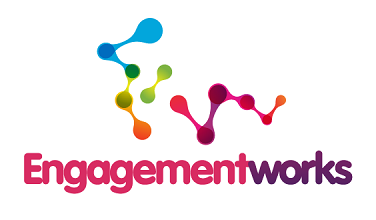Like decisions made by other councils around New Zealand, such as those involving the removal of fluoride from drinking water, this is another example of decision-makers being captured by emotions, prejudices or religious beliefs that are not backed by sound science.
The council has probably assumed that this decision will not cost ratepayers anything and unlock unrealised wealth for the district’s food producers. If such a scheme is to be credible and robust, then it should involve a rigorous testing regime imposed on all food products entering and leaving the Hastings District. After all, imported cotton, soy and canola products used and consumed in the Hastings District by people and farm animals probably already contain GM material. Some food growers may also decide to import and grow GM produce regardless of any local ban.
Banning the production of GM food products in this manner makes several assumptions.
Firstly it assumes that GM food products are bad or harmful. There is no scientific evidence that suggests this. Indeed there is much credible evidence that shows that the human health impacts of GM foods are no different to the original products on which they are based. GM products also allow more, better quality foods to be grown on less land with fewer applied herbicides and pesticides, and lower carbon emissions. Some also have better drought tolerance – a feature that may be of interest to many Hastings district growers and farmers facing the rigours of climate change.
Secondly, it assumes that GM products and foods are somehow new and untested. While some plants modified using biotechnology may be new, there are conventional methods of genetically modifying plants, animals and micro-organisms which have existed for hundreds of years and not caused any harm to human health or to the environment. It is unclear as to whether this latter group of products is included in the Hastings District Council’s ban. International companies that are in the business of modifying plants using biotechnology invest hundreds of millions of dollars in technology and the testing of modified plants before these are commercially released. Despite what “big pharma” conspiracy theorists believe, such companies are unlikely to risk the significant legal challenges and costs involved by taking risky short-cuts.
Thirdly, this decision assumes that GM “residues” can get loose in the environment and contaminate other living organisms. That’s a bit like believing that throwing a banana out of a car window will lead to the establishment of wildling bananas or banana genetic material being absorbed by roadside grasses and weeds.
Fourthly, it assumes that products will be tested to see whether or not they contain genetic material not found in their unmodified forms. It is unlikely that Hastings District Council has any intention of doing this as part of its new by-law. It is also unlikely that anybody who buys food produced in Hastings District will do any testing either. Why? It’s expensive, unlikely to find anything significant and the costs of paying for that would have to be met by the district’s ratepayers who have not been presented with this option.
Fifthly, it assumes that Hasting District councillors know more about the risks associated with genetically modified foods than do government agencies like the Environmental Protection Authority, Ministry of Health, Ministry for Primary Industries and the Ministry for the Environment.
The only “standard” here is a political decree that Hastings District is GM-free. Whether that claim is true cannot be proven. No basis of local enforcement is being proposed. It remains to be seen whether anybody will ever challenge this by-law’s credibility.





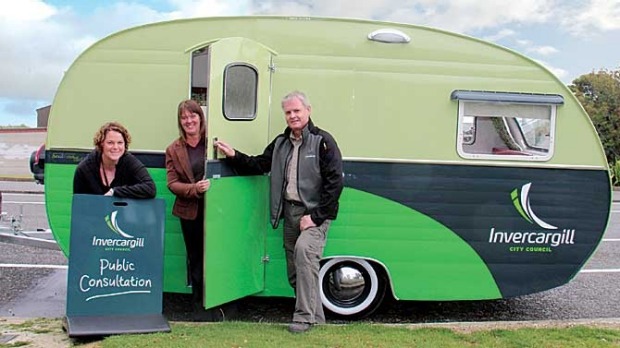

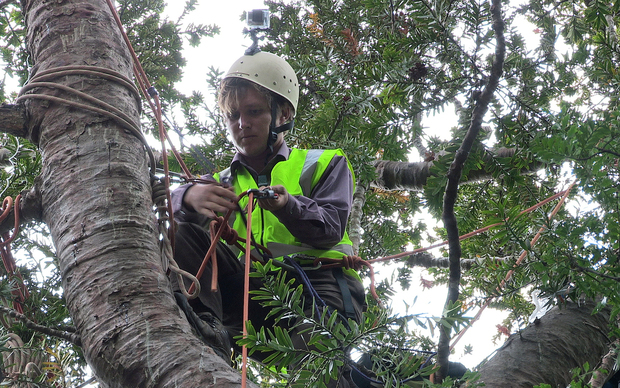

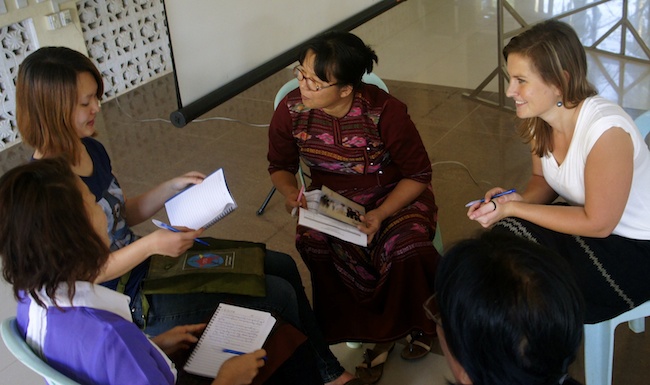
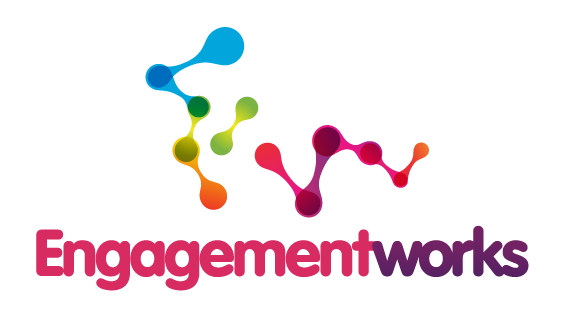
 RSS Feed
RSS Feed
